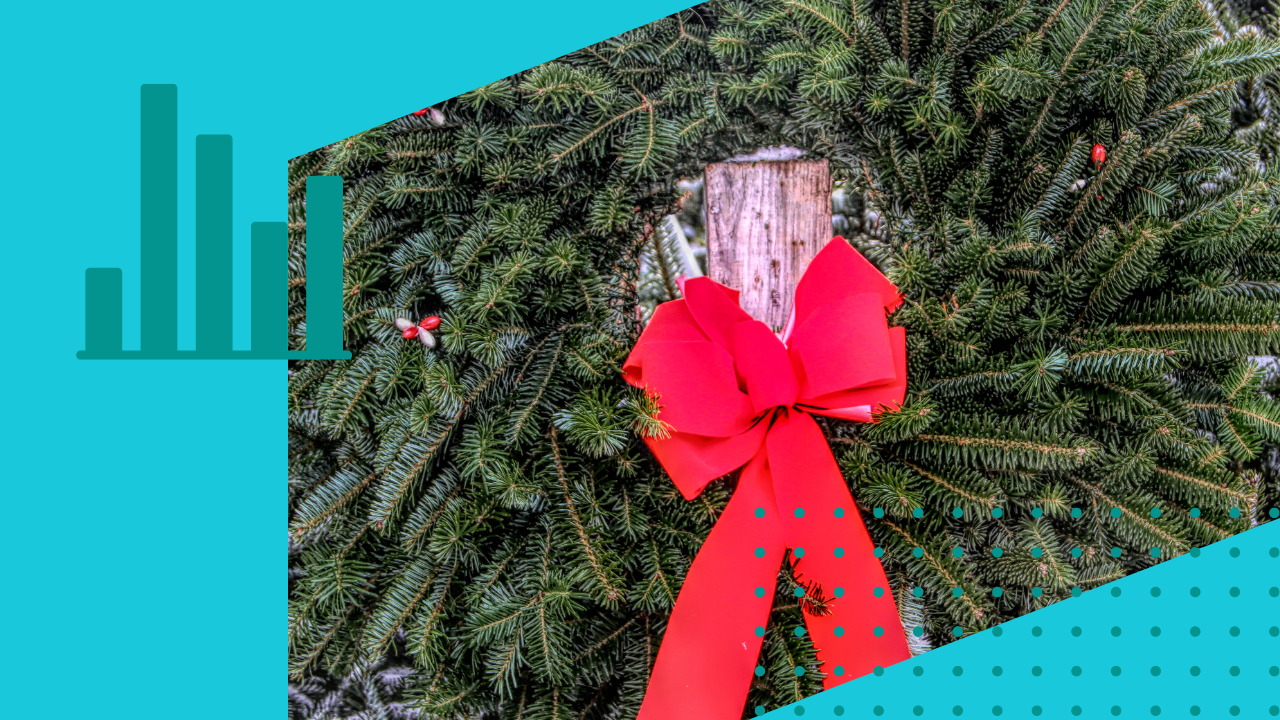
We Measured
- Which is better for selling more Christmas trees – marketing to existing (spring) customers or reaching out to the broader local population?
The Business Hypothesis
For two Independent Garden Centers in Illinois, a business hypothesis was formulated to increase sales of Christmas trees in the most cost-efficient way. The hypothesis was that marketing to existing spring customers would be more cost-efficient and effective than acquiring new customers within the local area. The hypothesis was based on the assumption that it’ll be a lower lift to convince existing spring customers than local non-customers to purchase a Christmas tree. Within the group of existing customers, those who had previously bought a Christmas tree were excluded.
Data Sources
Existing Customers
- Newsletter List
- Mailing Address List
- Facebook & IG Followers
- Exclusion List (previous tree buyers)
Acquiring New Customers
- Facebook/Instagram Local Targeting
- Google Display & Search Ads
- Zipcode-based Mailing List
- Exclusion List (previous tree buyers)
A/B Test Implementation
Each test case had a budget of $1,500. For existing customers, the budget was allocated between the cost of a postcard mailer with a discount code and 3-4 different boosted ads and posts on Facebook/IG. For non-customers, the budget was allocated between a postcard mailer with a (different) discount code, 3-4 Facebook/IG ads to a local audience, and a Google Display & Search ad campaign to a local audience.
To make the two test cases as comparable as possible, the postcard mailer budgets were similar, but not identical, as the USPS charged differently for individual-based (existing customers) vs. zipcode-based campaigns (local population at large).
For both groups, great care was taken to ensure persons who had previously purchased a Christmas tree were not exposed to online ads or received a postcard in the mail. Fortunately, tracking of this from previous years was excellent.
Realizing the test was far from perfect, the hope was that the results would be precise enough to, with reasonable confidence, validate or invalidate the business hypothesis.
The various marketing efforts did not include holiday items beyond Christmas trees.
Results
- Facebook/IG advertising had a 27% higher conversion rate for non-customers
- Postcard mailers to potential customers had, surprisingly, a 21% higher conversion rate

All Retailer Marketing Efforts Are Local, And May Differ From This Measurement..but…
- The original business hypothesis was proven to be false. Marketing dollars for these two garden centers were better spent on acquiring brand new customers than on convincing spring customers also to purchase a tree
- This was the opposite of the expected result, but the indicators were sufficiently strong to invalidate the belief. For a currently unknown reason, it’s easier to convince brand-new customers to purchase a Christmas tree than to persuade customers who buy garden items in the spring.
- There was anecdotal evidence the main reason for this result was that the pool of potential tree buyers was significantly larger amongst non-customers. So, despite the unfamiliarity with visiting the garden centers, the larger pool of people is more important than brand familiarity.


